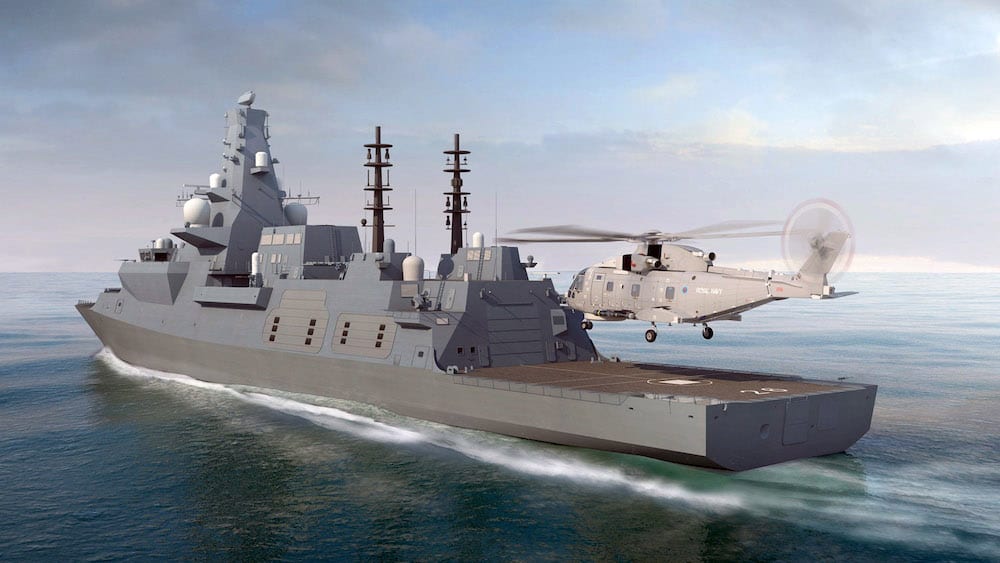
The British Royal Navy’s new generation of City-class Type 26 anti-submarine warfare frigates will be equipped with Selective Catalytic Reactors to reduce their impact on the environment.
The eight ships are being built by BAE Systems at its Govan yard on the Clyde, and will enter service in the second half of the decade.
The catalytic reactors will enable the ships to operate in some of the most environmentally-sensitive parts of the world as well as meet the standards set in heavily-regulated waters such as the North Sea and off the Eastern Seaboard of the USA.
A version of the system has already been fitted to the Royal Navy’s two newest patrol ships, HMS Spey and Tamar, which are on a five-year mission to patrol the Indo-Pacific region, including operating in some of the most remote, unblemished regions of the planet. Minimizing their environmental impact was a key factor in their construction – and is now being built upon in the next-generation of warships.
The Selective Catalytic Reactors consist of a box about three meters tall and two meters across, equipped with large-scale filters/converters. As exhaust fumes from the diesel generator passes through, a urea solution is sprayed in which causes a chemical reaction to reduce the majority of nitrogen oxide (NOx) emissions. Instead of harmful gases, the process produces water and oxygen instead.
“The urea we will use is effectively the same ‘Adblue’ solution that you see sold in fuel station forecourts for trucks and vans,” explained Commander Richard Wadsworth, a senior marine engineer officer with the Type 26 frigate program. “It thermally decomposes in the hot exhaust and reacts with NOx to produce water and nitrogen. It reduces NOx emissions – which is good for the environment. It means that the Type 26s will be ‘IMO Tier III compliant’ for NOx emissions and will be able to operate worldwide including in several ‘special areas’ which have higher emission regulations.”












